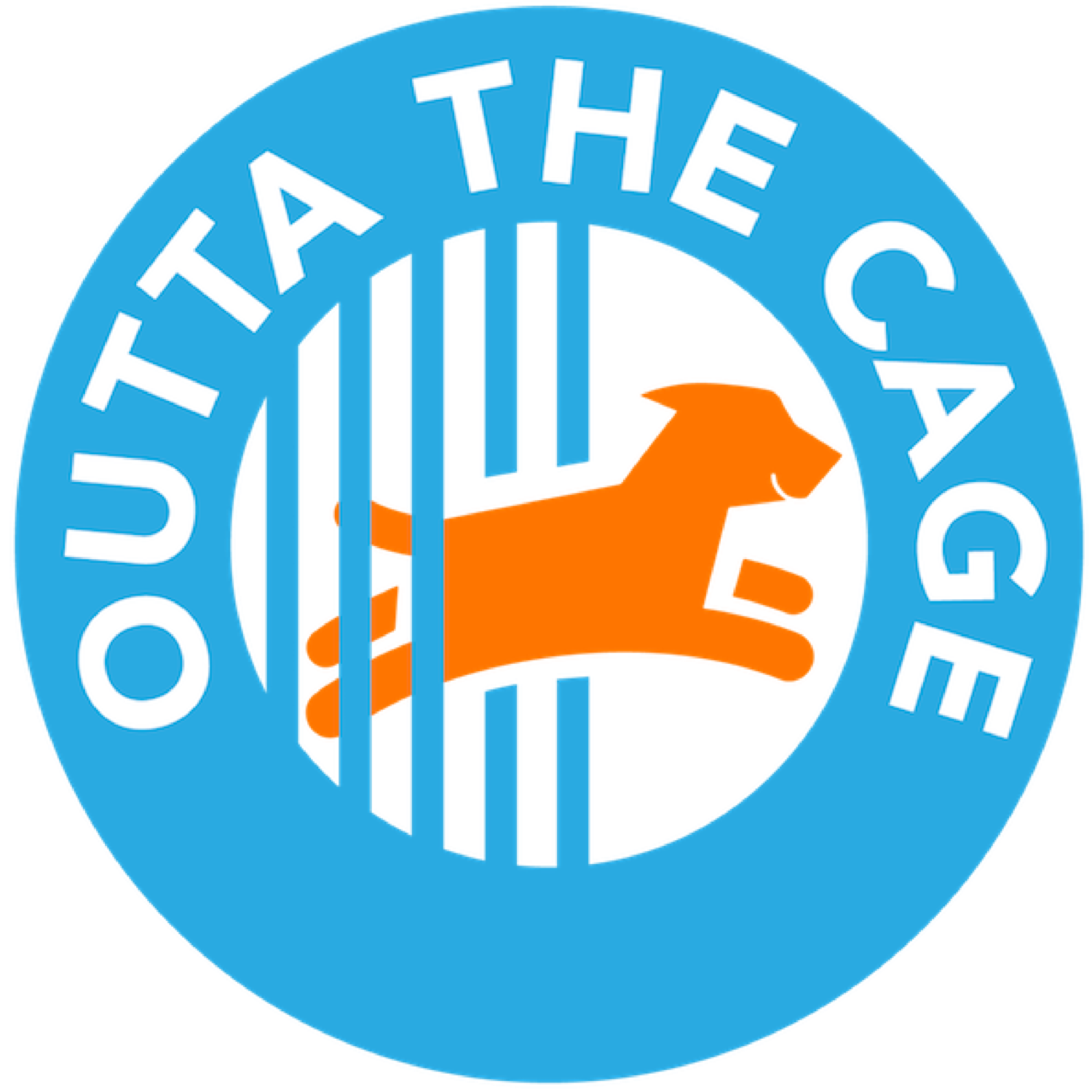Rescue isn't the finish line.
In which Jill continues the ongoing fight for dog visibility.
This is Abby. Photo courtesy of Charlie Nunn Photography.
The first time volunteer Brian took Abby out of her kennel at West Valley shelter, she was delightful: social without being needy, active without being hyper, and affectionate without being cloying. She was kenneled with another dog—and would be housed with at least five more by June 2024, when she began to show signs of kennel stress.
We weren’t going to wait for her to be euth-listed—that’s why we went and scooped her up. We figured Abby could use some decompression time after 7 months in the shelter, so we put her straight into foster.
That’s when she disappeared.
I don’t mean she went missing. She just stopped getting seen. No more visits from interested adopters. No more pleas from shelter volunteers. No more still shots of Abby smiling or videos of her navigating the pack in playgroup.
To be clear, this wasn’t because of us not trying. Abby’s fosters were well-meaning but not big on sending regular photos or videos. Networkers who reliably shared our posts reasoned that Abby was now “safe with rescue” (a term I’ve come to loathe)—and Abby, despite her love of people, was often crusty at adoption events.
Then there was the whole “deaf dog” thing: visitors found it off-putting or sad, and Abby picked up on that vibe. Her visibility at the shelter was just…better.
Recently, two dogs were found wandering alone in the hills above Sylmar. They had survived on their own for months before good Samaritans trapped them and brought them to the shelter. Kagel and Canyon were both gorgeous Malinois-type dogs who turned out to be dog- and people-friendly. Canyon adapted to shelter life, but Kagel had a hard time in his kennel and, soon after his arrival, was listed for euthanasia.
Chelsea, who’d originally found and trapped the two dogs, heard that Kagel was at risk and promptly went and picked him up.
If you’ve read this far, then you know which dog was networked, noticed, and ultimately spoken for: Canyon, the dog in the shelter.
In the meantime, Chelsea continued posting pictures and videos of Kagel on her social media: Kagel practicing commands in her home, Kagel meeting dogs, Kagel playing with big dogs, Kagel posing with little dogs, and Kagel jumping on the trampoline with her three kids.
The assumption is this: dogs who are “safe with rescue” will be fine. Rescues will save them, vet them, network them, and place them in forever homes.
We’ve now had Abby for 7 months, the same amount of time she spent in the shelter. We have taken her to adoption events, visited a celebrity photographer (see photo above), and moved her from foster to board-and-train. That’s money we could be spending on another dog, and our resource and capacity constraints always inform how many dogs we can help.
Is Abby okay? Yes, she’s happy, healthy, and engaged. Is she in her forever home? No. Because as soon as people see she’s safe, they keep scrolling.
As they say in network news, sad stories sell. Every dog we rescue has been failed by humans and suffered the trauma of shelter life. Sure, it’s sad. But we don’t rescue dogs because of their pasts—we rescue them because of their futures.
I’ve written elsewhere about the difference between adopting shelter dogs and rescue dogs. They all need help. Do dogs in shelters need more help than dogs in rescues? Certainly, they do. But dogs with rescues still need visibility. We are grateful to networkers—usually shelter volunteers—who combine their pleas for shelter dogs in need with fresh posts of their canine buddies who are now with rescues.
We took a freedom video when we rescued Canyon. Thanking Canyon’s adopters, we then turned the topic to Kagel and asked for help. And guess what? Kagel is now with a solid rescue in the Midwest with an interested foster. All it took was articulating the plight of a foster dog who was—almost—forgotten.

